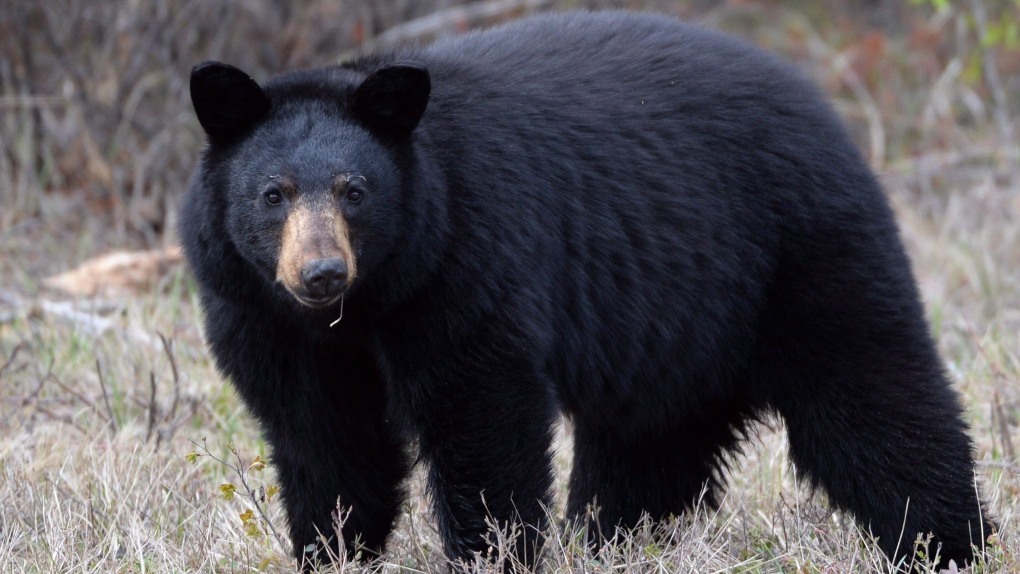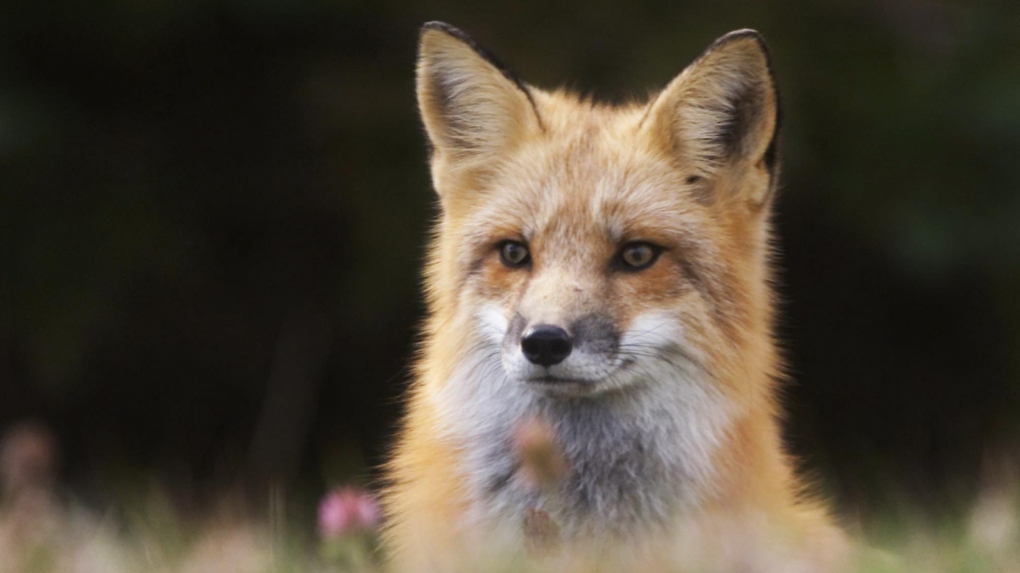Bears are coming out of hibernation in Ontario due to mild temperatures. What does this mean?
A milder winter and steadily warming temperatures are having a significant impact on the sleep patterns and movement of Ontario’s wildlife, with at least one expert saying it’s unclear how climate change will impact ecosystems long-term.
Earlier this month, the provincial government released a statement warning residents to be “bear wise” as officials have received reports of the animals coming out of hibernation early.
The statement cited the winter’s “mild weather and lack of snow.”
Annie Langlois, biologist and co-ordinator of the Hinterland Who’s Who program at the Canadian Wildlife Federation, says that while bears often wake up during hibernation, it is unusual for them not to go back to sleep.
This is problematic as there is no natural food growing for the animals to feed on, she said..
“That’s the biggest issue that we’re coming across right now because wildlife, basically they need a habitat where all their needs are met in terms of food and in terms of shelter,” Langlois told CTV News Toronto during an interview.
“So animals that are waking up too early from hibernation, (or) are coming to Canada earlier than usual, they’re met with conditions that are not the best for them.”
Bears can feed on berries and even “juicy twigs” in the springtime, but Langlois said that because trees haven’t started to turn, those food sources are remain sparse at this time. As a result, animals such as bears may seek food elsewhere like garbage dumps or bird feeders.
“Bears are a bit of a of a menace right now,” she said, noting they may be a bit more aggressive towards small animals.
“They have lost a lot of weight throughout the winter. … The fact is, we don’t know what’s going to happen in the long term.”
 A black bear stands near the side of Highway on Tuesday May 10, 2016. THE CANADIAN PRESS/Jonathan Hayward
A black bear stands near the side of Highway on Tuesday May 10, 2016. THE CANADIAN PRESS/Jonathan Hayward
In a statement, a spokesperson for the Minister of Natural Resources and Forestry said that bears normally come out of hibernation early to mid-April in central Ontario, and mid-April to early May in Northern Ontario
“With the unseasonably warm temperatures, bears may be emerging early or in some cases, be flooded out of their dens,” a spokesperson said. “Some bears might find another spot to sleep or may start searching for food and because of this we have opened the bear reporting line one month early.”
Climate change is also having an impact on population movement, said Langlois.
Robins, for example, are coming to Canada and are confronted with a lack of insects to feed on.
Red foxes are moving further north, pushing arctic foxes out of their natural habitat, she said.
“All over Canada there are examples of differences of dealing with either shorter winters or milder winters or less sea ice, less ice on lakes. And for sure we’ll see impacts of that on many species,” Langlois said.
“The changes happening right now are very quick, very rapid, which does prevent a whole lot of wildlife species to adapt. … We’ll see how population trends and distribution and all those things will evolve over time.”
When asked if the mild temperatures were impacting other wildlife populations, or if there were any concerns or action plans available for climate change’s impact on wildlife, the ministry responded by saying they did not have that information.
 A red fox is pictured in this file photo taken on Oct. 25, 2002 .(CP PHOTO/Andrew Vaughan)
A red fox is pictured in this file photo taken on Oct. 25, 2002 .(CP PHOTO/Andrew Vaughan)
A report commissioned by the Ontario government and quietly released in January 2023 suggested that by the end of the century, the province will experience an average of more than 60 days in which the temperatures surpass 30 C.
On average, these regions of the province experience up to 18 extreme hot days per year.
As such, extreme cold days are expected to decline, from an average of over 55 days on average per year in northern Ontario to about 12 per year by 2080.
“Rising atmospheric concentrations of greenhouse gases are altering the earth’s climate, driving increases in global average temperatures and variability and extremes of weather,” the 534-page report says.
“These changes are causing unprecedented impacts, transforming ecosystem structure and function, damaging infrastructure, disrupting business operations, and imposing harm to human health and wellbeing.”
For Ontario’s agriculture, the report suggests the sector faces “declining productivity, crop failure and livestock fatalities,” with a very high risk of climate change impacts by the end of the century. It also suggests that risk profiles across all of Ontario’s natural systems and species is likely to rise to high or very high by 2050.
According to Environment Canada’s David Phillips, this winter has turned out to be the warmest in Canada for at least 77 years.
“By far it was just absolutely exceptionally warm and the snowfall totals were down,” he said.
View original article here Source









